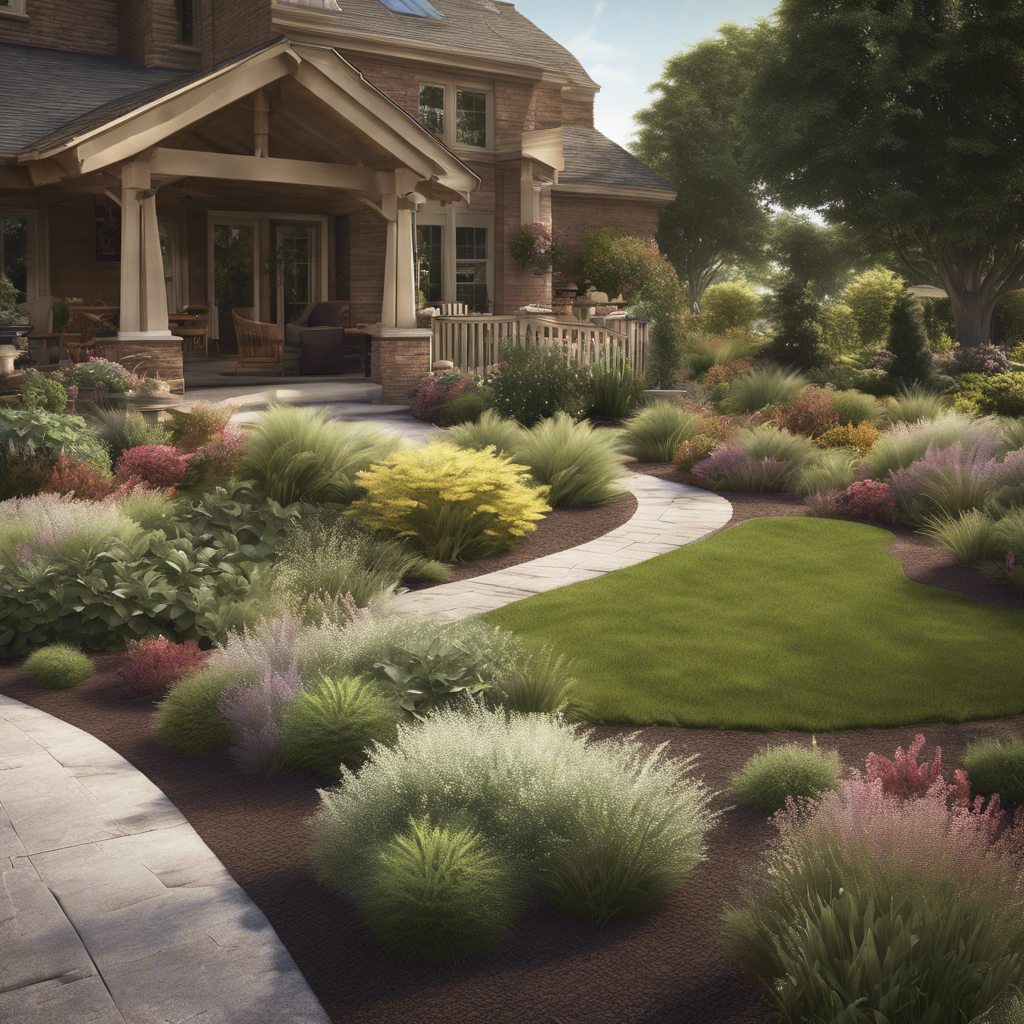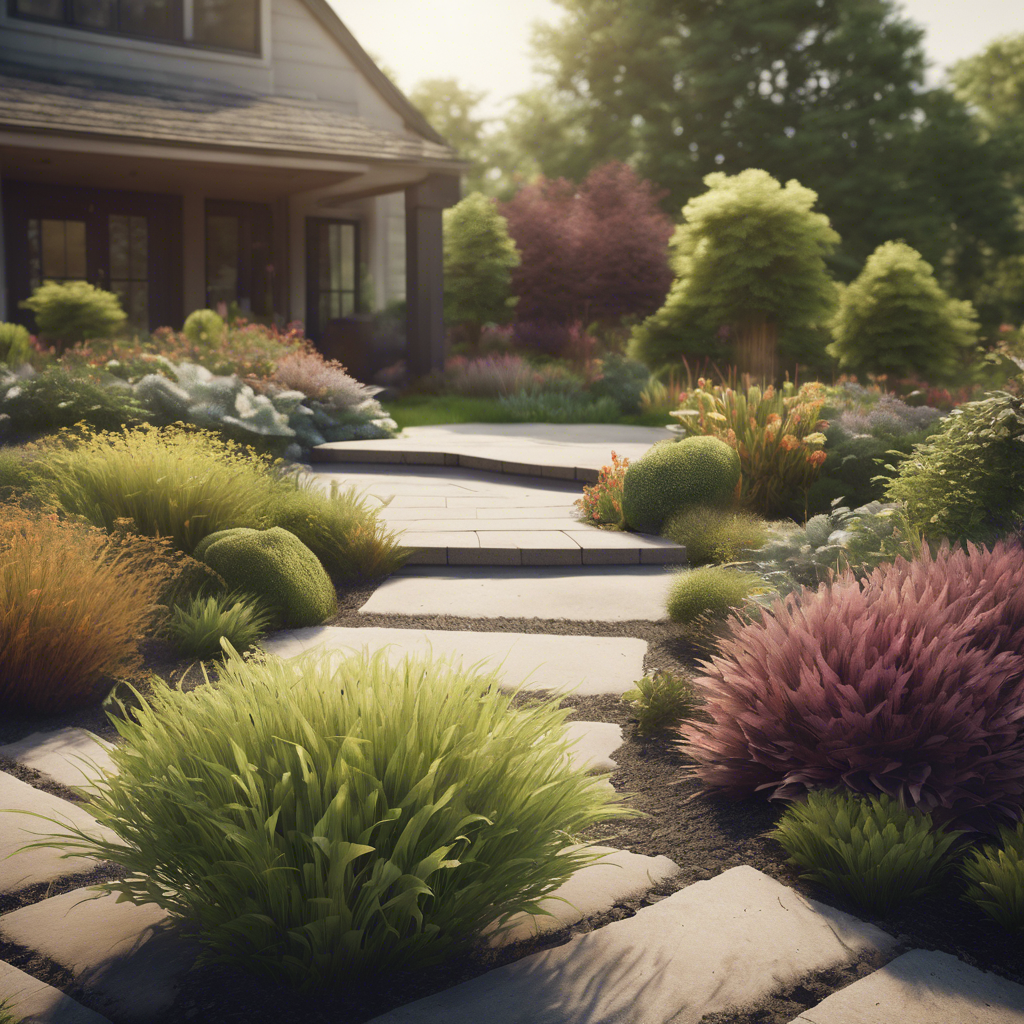In the realm of professional landscaping, a trend has been steadily growing in popularity – the incorporation of native plants into outdoor spaces. As professionals dedicated to creating aesthetically pleasing and sustainable landscapes, it is crucial to explore the beauty and benefits that native plant landscaping can offer. This comprehensive guide will delve into the "how-to" of incorporating native plants, leading you through the process of transforming outdoor spaces into thriving, eco-friendly havens.
Understanding the Essence of Native Plants
Before diving into the practical aspects of native plant landscaping, it is essential to grasp the essence of these indigenous beauties. Native plants are species that naturally occur in a specific region and have evolved over time to thrive in that particular environment. Due to their adaptation to local conditions, native plants require minimal maintenance, making them ideal for sustainable landscaping practices.
Environmental Sustainability : Native plants have adapted to local soil, climate, and pests, reducing the need for excessive watering, fertilizers, and pesticides. This, in turn, promotes environmental sustainability and biodiversity conservation.
Low Maintenance : Once established, native plants typically require less maintenance compared to non-native species, saving both time and resources for landscape professionals.
Attracting Wildlife : Native plants provide essential habitats and food sources for local wildlife, including birds, bees, and butterflies. By incorporating native plants, landscapers can create vibrant ecosystems that support biodiversity.
Incorporating Native Plants: A Step-by-Step Guide
Begin by researching native plant species indigenous to your region. Consider factors such as sunlight exposure, soil type, and moisture levels to ensure the selected plants will thrive in their intended environment.
Create a landscape design that integrates native plants seamlessly with existing elements. Utilize the varying heights, colors, and textures of native plants to add visual interest and create a harmonious outdoor space.
Prepare the soil by testing its pH levels and nutrient content. Native plants are adapted to local soil conditions, but amending the soil based on specific plant requirements can enhance their growth and longevity.
When planting native species, follow proper spacing and planting instructions to facilitate healthy growth. Establish a routine maintenance schedule that includes watering, weeding, and mulching to ensure the plants thrive in their new environment.
Embracing the Beauty of Native Plant Landscaping

As a landscaping professional, incorporating native plants into your designs not only enhances the visual appeal of outdoor spaces but also contributes to a sustainable ecosystem. By embracing the beauty and benefits of native plant landscaping, you can create landscapes that are not only visually stunning but also environmentally responsible.

The Lasting Impact of Native Plants
Native plant landscaping is more than just a trend – it is a commitment to preserving local biodiversity and promoting sustainable practices. By harnessing the natural beauty and resilience of native plants, landscaping professionals can create outdoor spaces that not only captivate the eye but also nurture the surrounding environment.

In conclusion, the incorporation of native plants into landscaping projects holds immense potential to transform outdoor spaces into thriving, sustainable ecosystems. By following the "how-to" guide outlined in this article, professionals can embark on a journey towards creating landscapes that not only reflect beauty but also embody the essence of environmental stewardship. Let native plant landscaping be your gateway to a greener, more sustainable future. jdlandscapingny.com

Comments